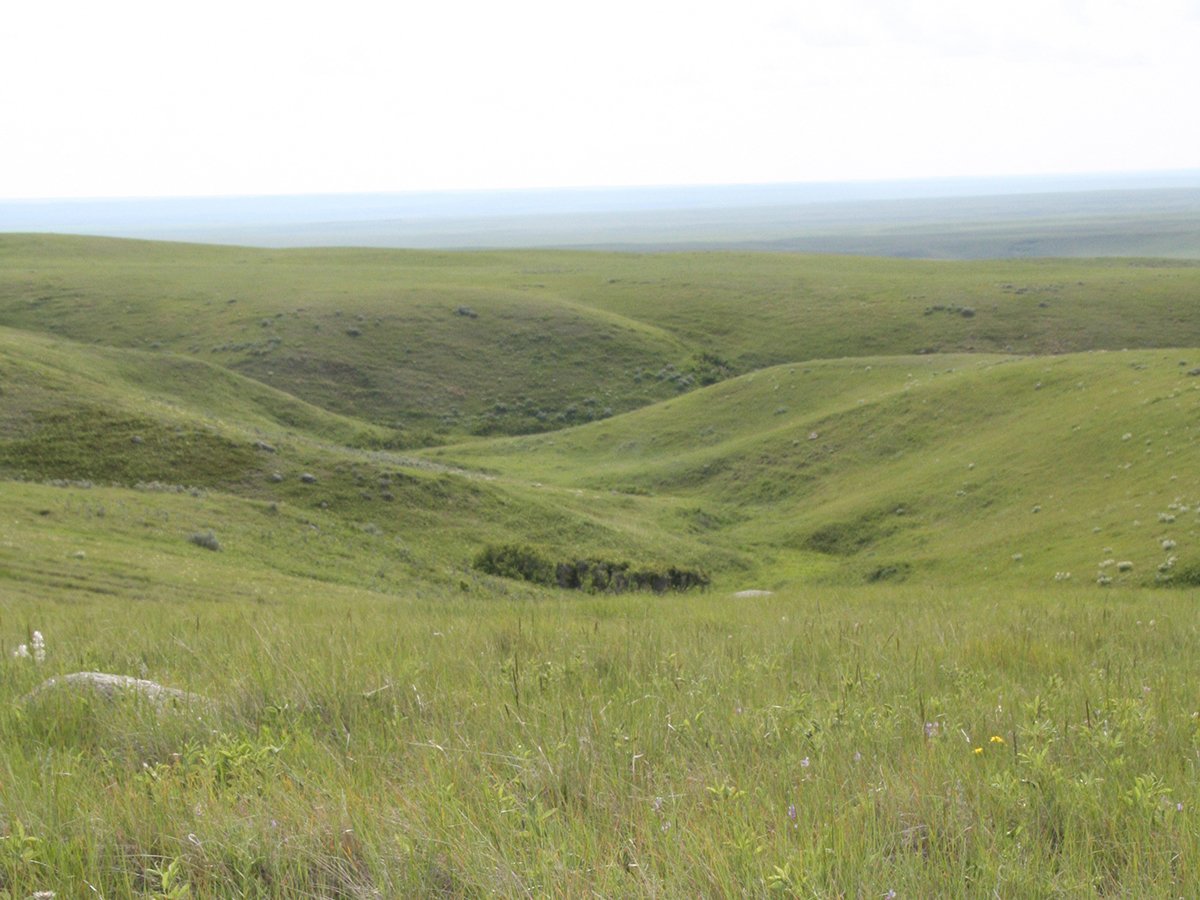Some rural Albertans are at risk when it comes to having a safe supply of drinking water.
As many as 500,000 people get their water from private or untreated sources, exposing them to a host of bacteria, parasites and chemical contaminants.
Alberta has made safe drinking water a priority within its new water-for-life strategy to be released this year.
The strategy wants all Albertans to have access to clean water. However, it cannot guarantee people will stop drinking untreated water.
“The government can’t take responsibility for a farmer who brings raw water out of his dugout. That happens and people get sick,” said Pat Lang, head of the newly created drinking water branch within Alberta Environment.
Read Also

Alberta irrigation project on grasslands approved
Environmental concerns raised by Alberta conservation groups over irrigation expansion project within rural municipality
The government can provide information on water treatment, testing for rural areas and well locations.
A new study will be launched this spring to look at the public water supply, including unregulated systems.
This may lead to pipeline systems, hauling water or suggesting small towns contract larger public utilities to provide safe water. Better staff training for water treatment plans is also outlined as a priority.
A major problem across the country is the state of the infrastructure with out-of-date treatment plants and leaky delivery systems, said Duncan Ellison, executive director of the Canadian water and waste-water association.
The challenge is finding money for badly needed upgrades. This could mean consumers will pay more for the service to encourage conservation and pay for improvements.
“Municipalities are not charging enough for the services,” he said. While many urban people have water meters and conservation is encouraged, the price does not reflect the value.
“It is a silent service running underground. Water is delivered by pipeline underground. People don’t see it so it is out of mind.”
In Alberta, the province maintains a database from all communities operating their own waterworks. However, reporting has been sporadic.
This summer, it plans to force all communities to publish their water quality standards and list steps taken to correct problems on the internet.
Later this year, a national committee of provincial environment ministers is expected to release a document to provide consistent guidelines for improving drinking water.
The federal government offers only water guidelines because it is a provincial jurisdiction.

















